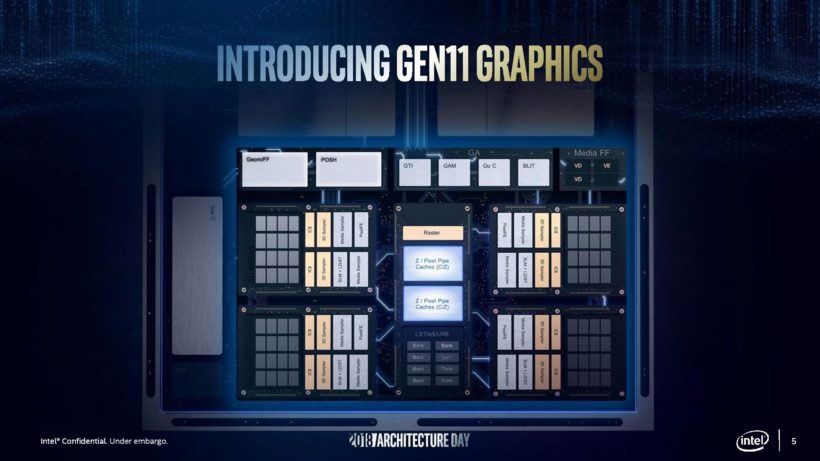
A few of them are also set up so the Nvidia GPU controls the external display, but the ones I've seen set up this way always seem to have displayport output. Some gaming laptops have a BIOS setting which allows the Nvidia GPU to directly drive the screen (at the cost of battery life). The Nvidia GPU has no way to directly display to the screen. The completed frame is then transferred to the Intel GPU, which then displays it on the screen. The game renders a frame on the Nvidia GPU. Optimus doesn't put the Nvidia GPU in control. I cannot see any arrow, sorry if i'm just being stupid but I can't see one, could you send a screen shot because I don't know how to put pictures onto here from my computer. I can get 80-90 fps high settings on fortnite.

It's fine for 1080p 60fps and medium settings in most modern titles, but it's not going past 100fps in games unless it's an older title that came before it, or is a basic game with basic graphic requirements. So chances are you're not going to get the higher refresh rate to happen.Īlso, I should point out that the 960m is nowhere near good enough to handle that high of a refresh rate unless it's an older or more basic game with all graphics set to lowest settings.

However, with the HDMI out (or whatever adapter you have for external) it is not wired that way and is instead wired like how it is on a desktop motherboard and is only connected to the iGPU. Since internally, the display is already wired up to both the CPU's iGPU and the dedicated GPU so it has no problem switching over. The arrow is plain as day in my image for Windows control panel.Īnd if you've changed settings in nvidia control panel to no avail, then it might just mean that the laptop doesn't support pass through.


 0 kommentar(er)
0 kommentar(er)
